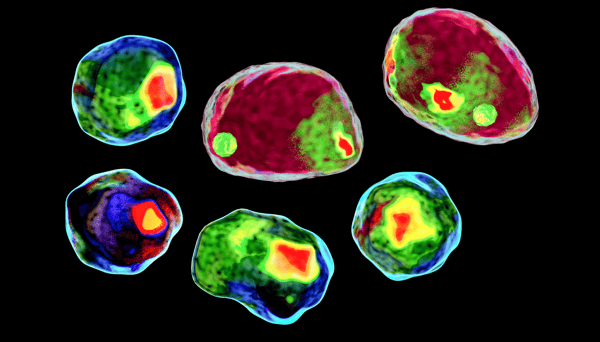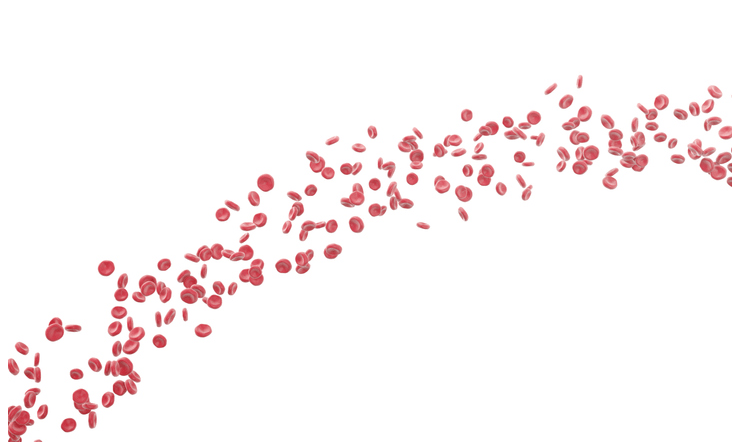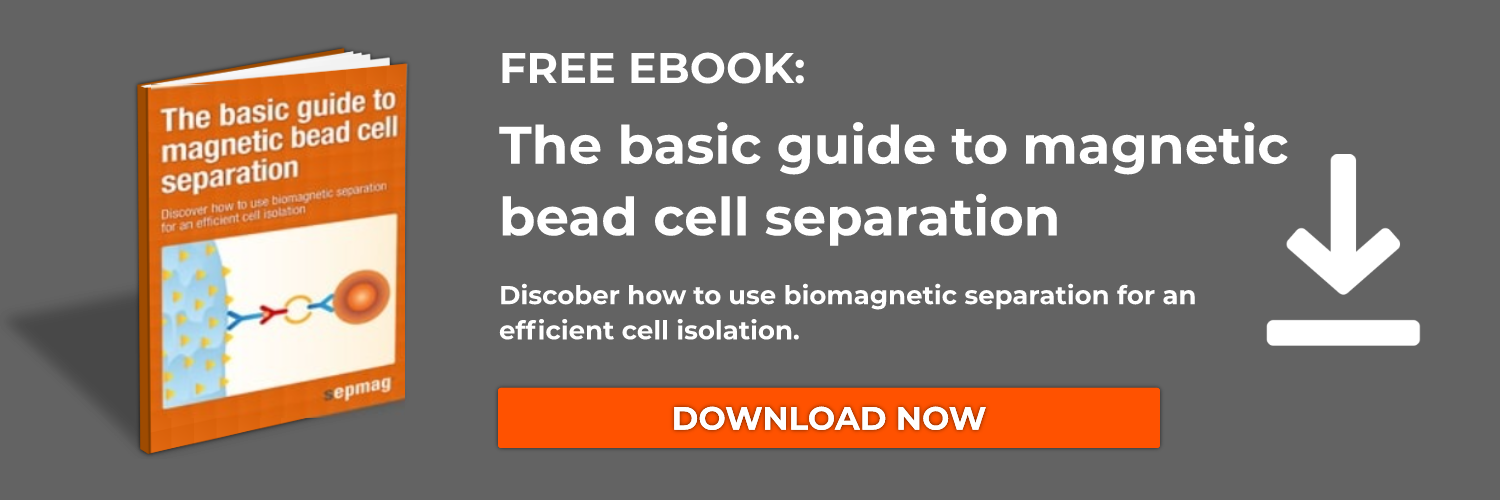Isolation and identification of cell(s) is the prerequisite step for many fields of research, such as cell function and analysis, signaling and gene expression. Techniques that enable the rapid and accurate enrichment of target cell populations are therefore an area of substantial interest. The output of cell-sorting techniques from the cell suspension is based on higher efficacy or throughput, purity, and recovery. Based on the different principles used, the Cell sorting techniques are categorized into two general categories:
- Type one cell-sorting techniques based on physical properties, including density, size, electric charges, and deformability with Density gradient centrifugation, and Membrane filtration as the most common techniques. The advantage of these techniques is that no labeling of the cell is required for the procedure.
- Type two cell-sorting techniques based on biological characteristics of the cells by using affinity-based methods such as Fluorescence-Activated Cell Sorting (FACS) and Magnetic-Activated Cell Sorting (MACS).
Density gradient centrifugation, membrane filtration and Magnetic-Activated Cell Sorting (MACS) are categorized as Bulk sorting in which all the target cells are collected together, while Fluorescence-Activated Cell Sorting (FACS, also called Flow cytometry) as Single-cell sorting in which each cell is analyzed individually.
These techniques disrupt and dissociate the cell(s) of interest from their surrounding microenvironment. While cell sorting is highly accurate, a sorted cell population is not “pure”. Instead, the collected population is referred to as “enriched”. Compared to bulk sorting, single-cell sorting results in more homogeneous and highly enriched cell populations.
Density gradient centrifugation and Membrane filtration techniques
Density gradient centrifugation is commonly used for the initial separation of blood into plasma, white blood cells, and red blood cells. Density gradient centrifugation improves the separation process by adding a material that has a density between the white blood cell fraction and the red blood cell fraction. This enables a clean separation between the two fractions, because the heavier, denser cells fall to the bottom during centrifugation, while the less dense plasma remains at the top.
- Membrane filtration requires a membrane with a consistent pore size smaller than the target cell, but larger than the unwanted debris. There are membranes with a variety of pore sizes to select from.
- Filtration and centrifugation are useful for the rough separation of cells, however, both methods are laborious and error-prone. Therefore, more specialized techniques are needed to enrich specific cell types based on cell surface markers.
Fluorescence-Activated Cell Sorting (FACS) techniques
Cell sorting by flow cytometry is a powerful technique that can rapidly provide a large amount of information. Consequently, flow cytometry is an ideal quantification method for multiplex immunoassays. During flow cytometry, the cells are incubated with fluorophore-labeled antibodies before being sorted. These antibodies are specific to surface antigens on the target cells, and because each antibody has a different emission wavelength, they are uniquely identifiable.
On-bead labeling with protein A is a method of precisely labeling antibodies with fluorophores. After being incubated with the labeled antibodies, the cell solution is sent through the flow cytometer. The cytometer guides the solution through a micron-sized nozzle one cell at a time. Each cell moves through a laser excitation area, where the laser excites the fluorophores bound to the cell surface. The resulting fluorescent emission is recorded, and the cell is directed either into a collection container or a discard container according to user-defined parameters. Multiple cell types can be enriched in a single run, and quantitative information about cell numbers and percent of total population are simultaneously recorded.
Flow cytometry provides a wealth of information and is the most precise cell sorting technique, but it is also very expensive. The machine itself is often prohibitively expensive and requires a trained operator. Many institutions have a flow cytometry research core facility that charges by the hour for use of their machines, and these rates can also be quite high. For this reason, many laboratories are turning back toward magnetic sorting techniques.

Magnetic-Activated Cell Sorting (MACS) techniques
Magnetic cell sorting is a bulk enrichment technique that can be highly specific by ensuring isolation of the desired cell populations with purity as high as 90%. Magnetic sorting using superparamagnetic nanoparticles introduces a high degree of specificity to a cell enrichment protocol.
Superparamagnetic nanoparticles (also called magnetic beads) are made of a core of iron oxide, typically magnetite (Fe3O4), which are not innately magnetic, but under the influence of an external magnetic field become magnetized and polarized labeled cells which eventually are collected by elution. These particles, or beads, are coated with silica or a polymer surface to prevent clumping. A well-chosen coating also provides a rich surface for the covalent attachment of functional groups such as antibodies, enzymes, lectins, or streptavidins bound to magnetic beads. The attachment of antibodies means that the magnetic beads can be highly specific. After the antibodies are attached, the beads are incubated with the target cell solution. The cells with surface antigens complementary to the antibodies will bind to form a cell-bead conjugate. The conjugates are enriched by magnetic cell sorting.
Magnetic cell sorting is a good choice when specificity is required as MACS uses label cells, a technique that associates with specific proteins on the target cells. Other bulk sorting methods such as filtration, sedimentation, and centrifugation cannot achieve such specificity. Magnetic sorting is rapid and efficient. Advanced biomagnetic separation systems can increase sorting accuracy by providing standard curves and optical monitoring of the sorting process. Additionally, advanced separation systems are engineered to provide gentle and consistent magnetic forces throughout the working volume to increase cell viability.
Cell sorter costs
Cell sorters can cost from just below $100,000 to over $250,000. The cheapest cell sorters will be optimized for one type of cell marker and contain only one laser. The cytonome “Viva” is specialized for GFP labeled cells and sells for under $90,000.
Machines in the range between $100,000 and $160,000, generally will have two lasers and will detect more colors. Bio-rad makes a machine that detects 4 colors, and the Scindo XT detects up to 8 colors.
Machines closer to the $250,000 will have more lasers and other features such as supporting more sample formats. It is still an expensive technology to use, though the range of products continues to grow to try to be accessible to more laboratories. More laboratories now also consider magnetic separation. Magnetic separators will cost you in the range of $1000 to $10000.
Magnetic separation is specific, simple, cost-effective, rapid, and efficient when care is taken to develop and finely tune a sorting strategy. Download our basic guide to magnetic bead cell separation to learn more about magnetic cell sorting.
Related news





